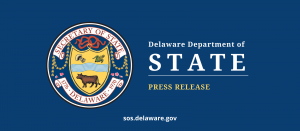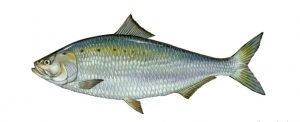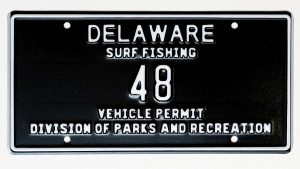DOVER – DNREC’s Division of Fish & Wildlife has been awarded a federal grant from the U.S. Fish and Wildlife Service (USFWS) to support Delaware’s ongoing research and monitoring and response to the deadly White-nose Syndrome (WNS), that has taken a severe toll on hibernating North American bat species since it was discovered 10 years ago.
Characterized by a white fungus visible on a bat’s nose, wings, tail and ears, WNS is transmitted primarily by contact between bats. Since first discovered in New York in the winter of 2006-2007, WNS has spread at an alarming rate and is now confirmed in 31 states and five Canadian provinces. According to the USFWS, WNS has caused the death of 5.7 to 6.7 million bats in North America. In Delaware, WNS-related deaths were first confirmed in 2012 among bats hibernating in cave-like conditions in Fort Delaware and Fort DuPont in New Castle County.
The 2017 grant marks the eighth year that DNREC has received funding from the USFWS’s Endangered Species Recovery and Science Applications programs to help fight the disease, with this year’s funding totaling $16,098. Delaware’s grant was part of more than $1 million in funding for natural resource agencies in 37 states and the District of Columbia.
“Bats are important to Delaware’s ecology, feeding on millions of insects, including mosquitoes, beetles, moths and agricultural pests, and in so doing, also helping us ward off potential threats to public health and the food supply,” said DNREC Secretary Shawn M. Garvin. “Now we are working to help bats recover from WNS. Since 2009, DNREC has been monitoring the state’s bat populations and working with the public to limit the spread of WNS. Thanks to the U.S. Fish & Wildlife Service funding, we can continue strengthening our response to this devastating disease.”
Only bat species that hibernate are known to be affected by WNS, including such species as the little brown, big brown, tri-colored, northern long-eared, and eastern small-footed bats – all found in Delaware. The northern long-eared and little brown bats are among the most severely impacted by WNS. Because of these bats’ dramatic population declines, the northern long-eared and little brown bats were added to Delaware’s list of endangered species in 2014, and the northern long-eared bat was listed as threatened under the federal Endangered Species Act in May 2015.
For more information on bats in Delaware, please visit www.dnrec.delaware.gov/fw/bats. To report a bat colony or unusual bat behavior, please call 302-735-3600.
Contact: Joanna Wilson, DNREC Public Affairs, 302-739-9902.
Vol. 47, No. 233
-30-

















































































